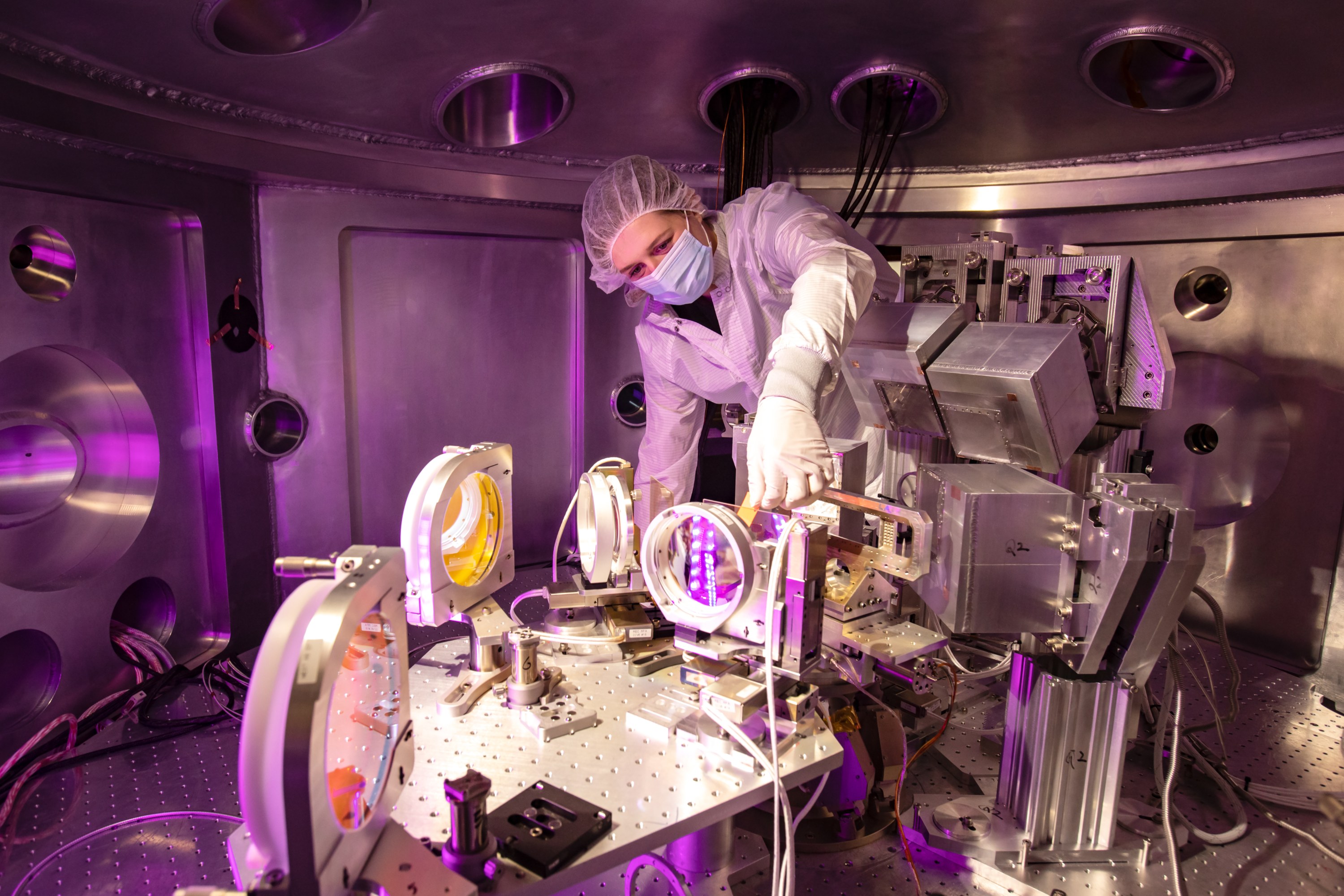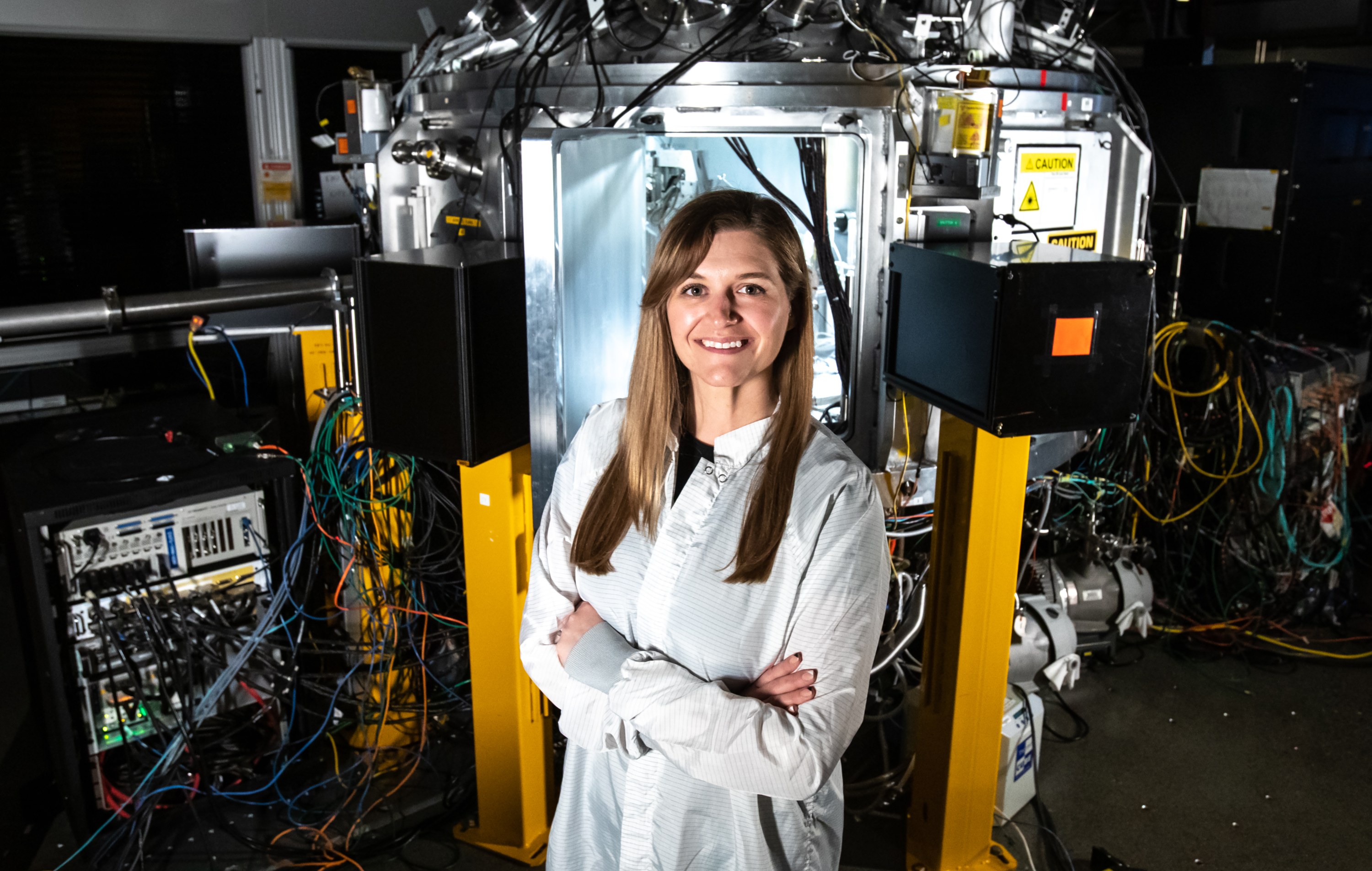A beam of protons painlessly penetrates human tissue until it terminates inside a cancer tumour, where each particle deposits a micro-explosion of radiation energy. The beam is precisely calibrated, targeting only the tumour and leaving surrounding tissue unharmed.
Called “proton therapy,” this revolutionary medical treatment is just one application of a relatively new technology using high-power lasers.
Accelerating particles to nearly the speed of light, these lasers are also used to test pharmaceuticals, peer into materials on the nano-scale to gauge how they hold up under stress, or see what matter looks like in a supernova explosion or near a black hole.
The lasers also have enormous potential to generate a new, alternative energy source.
A team of seven scientists from the University of Alberta has joined a global network of more than 900 researchers called LaserNetUS to take advantage of 10 high-power laser facilities across North America.
“There's so many questions that you can answer with these lasers,” said U of A engineering doctoral candidate Chandra Breanne Curry, recently appointed first co-ordinator of LaserNetUS, which is funded by the U.S. Department of Energy.
As co-ordinator of the network, Curry will make the laser facilities accessible to researchers and graduate students around the world and encourage collaboration between groups.
“We’re really trying to bring a global community of scientists together to solve a range of big problems,” she said.

High-power lasers made headlines last August when a research group in California reached a crucial milestone in inertial fusion energy, an important step on the path toward producing nearly pollution-free energy by fusion.
The researchers at the National Ignition Facility at the Lawrence Livermore National Lab were able to produce temperatures three times hotter than the centre of the sun, if only for a fraction of the second.
“They use these really big lasers to heat up and compress hydrogen fuel so that the atoms crash together and then fuse and release a ton of energy,” said Curry.
“So now we have the first evidence that laser-based fusion energy could actually be a viable path forward for an unlimited clean energy source.”
The seven U of A researchers partnering with LaserNetUS are all members of a group using lasers to study plasmas — superheated gases full of charged particles and comprising more than 99 per cent of the visible universe.
The university also recently acquired the second-highest intensity laser system in Canada at 15 terawatts, with $1.3 million in funding from the Canada Foundation for Innovation, the Government of Alberta and the laser’s manufacturer, Amplitude Lasers.
U of A researchers comprise one of the leading laser groups in Canada. Two of its members — engineering professors Ying Tsui and Robert Fedosejevs — were founding members of the only Canadian high-power laser facility, the Advanced Laser Light Source in Montreal.
Other members of the group include Wojciech Rozmus and Richard Sydora of the Faculty of Science, and Jason Myatt, Manisha Gupta and Amina Hussein — recently elected inaugural co-chair of the LaserNetUS users group — of the Faculty of Engineering.
“The University of Alberta has a nearly five-decade history in laser plasma science,” said Hussein.
“With strong representation in this organization, the U of A is not only continuing our history as a leader in high-intensity laser research, but playing a major role in shaping the future of international high-power laser science.”
Curry, who has worked on tools to miniaturize particle accelerators for a wide range of applications including proton therapy, is also employed as a scientist at the U.S. Department of Energy’s SLAC National Accelerator Laboratory, operated by Stanford University.
Besides working with LaserNetUS, she will continue her research on laser-driven ion and neutron sources, which she began as a post-doctoral fellow.
“I use really, really powerful lasers to accelerate beams of protons or really intense neutron beams, X-rays and electrons,” said Curry.
“My experiments have been in facilities across North America, but also in Europe, on studying how we can accelerate particles more efficiently, or get higher energies.”
